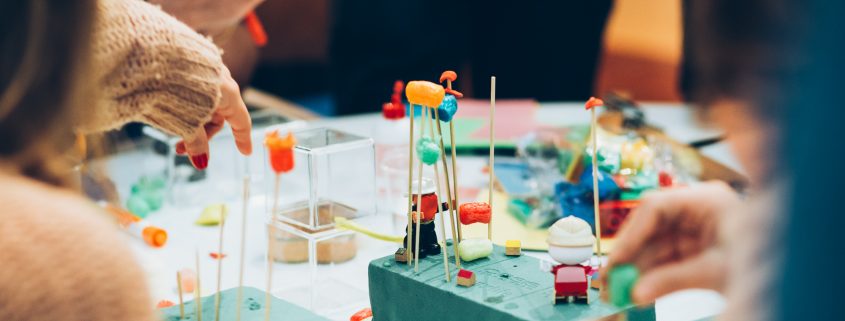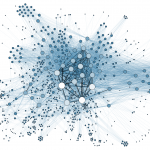Facilitation method: participatory 3D-modelling
/Participatory 3D modelling is a relatively new communicative facilitation method designed to support collaborative processes aimed at facilitating participation in different areas (problem analysis, decision making, collaborative planning, …). The 3D models can be used to visualize knowledge and ideas among participants.
“Originally they were used to assist practioners in enhancing the capacities of marginalized, isolated, and frequently natural resource-dependent communities to deal with spatial data and to communicate with the outside world on a peer tot peer basis” (source: IAPAD). The general principles of this method can be transfered and adapted to our own learning and training context. In a recent training Crash Course for new-comers we used 3D design to model the planning phase of a facilitation process.

The original method specially refers to the importance of spatial visualization and data vizualisation. To have a better overview on some practical cases we refer to this video:
[youtube=http://www.youtube.com/watch?v=QfivKfnm1pk]
We would like to explore more practical cases from ITC-ILO which focus on spatial learning in all it’s senses. Human cognition, according to inventors of this method, includes sensation and perception, thinking, imagery, reasoning and problem solving, memory, learning and language. Location, size, distance, direction, shape, pattern, movement and inter-object relations are part of the spatial world as we know it and conceive it. Picture below is from the Learning Lab using 3D models to shape the future of learning.












3D modelling is an effective method that helps those who apply it, to make ideas and concepts concrete. The model can be seen and touched, modified and expanded, by the same person or group or by successive groups.
It can be applied to several fields of organizational development such as: restructuring, decentralisation, outsourcing, future visioning. It was used in another recent staff development activity to project what the ITC-ILO would look like in 2015.
another useful resource link: http://www.participatorymethods.org/method/participatory-geographical-information-systems-pgis